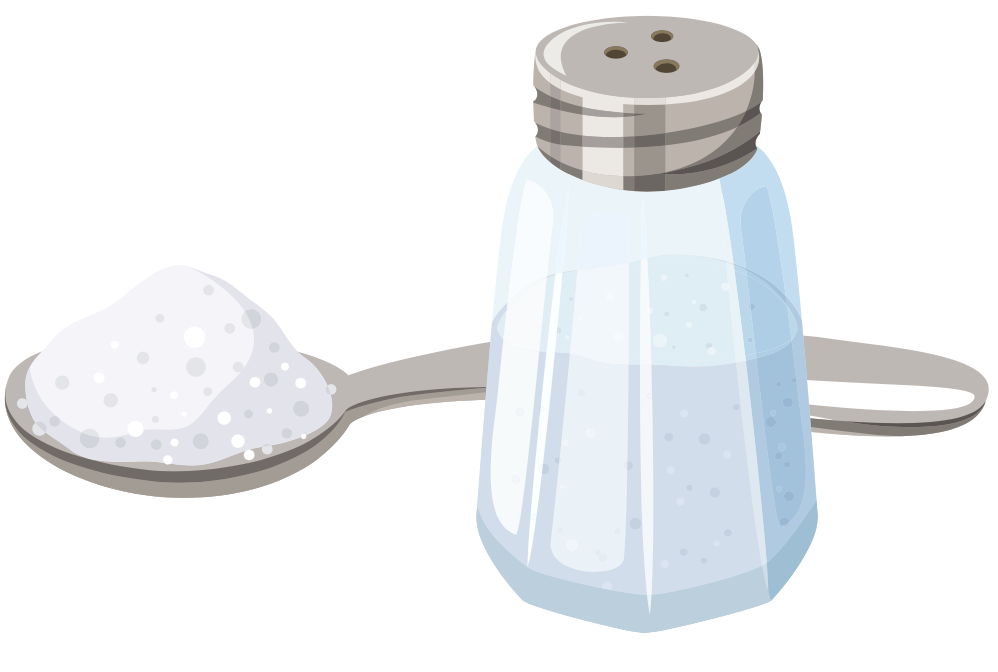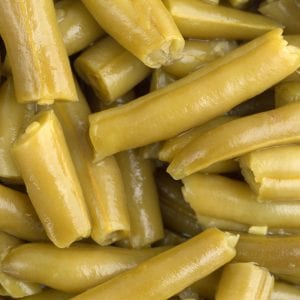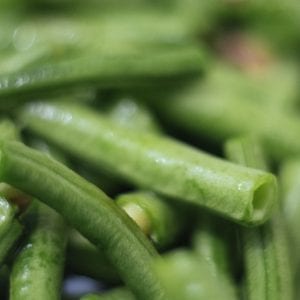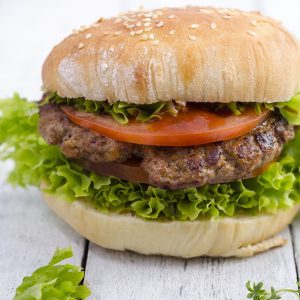Home & Family

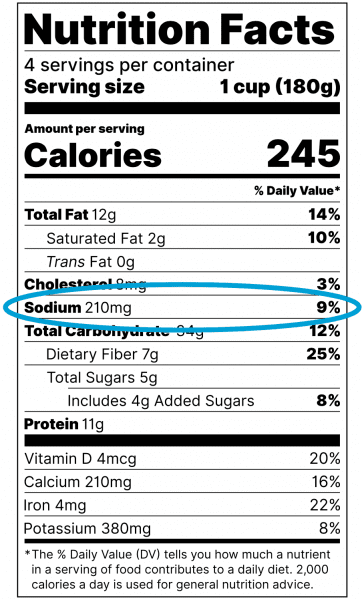
Learn how to cut fat, cholesterol, and sodium from your diet as part of the Right Bite: Setting the Table for Healthy Eating series. Adults and teens will discover fun ways to make tasty changes to their diet and easy changes to their physical activity.
Most sodium is hidden in processed and restaurant food. Eat more fresh food at home.
Your taste for salt, another name for sodium, is learned. You can unlearn the salty taste by cutting back on salt for 2 weeks. Even without added salt during cooking or at the table, foods might be too salty.
Balance high sodium foods with lower sodium foods. To do this, use the % Daily Value on the Nutrition Facts food label to select lower sodium foods.
 | High is a % Daily Value of 20% or more. This means the food is high in sodium. |
 | Good is a % Daily Value of 10% or less. |
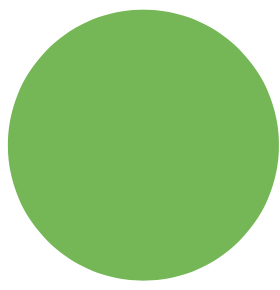 | Best is a % Daily Value of 5% or less. This is your best choice because it has less sodium than other foods. |
In Place of Salt, Use Herbs and Spices on Foods
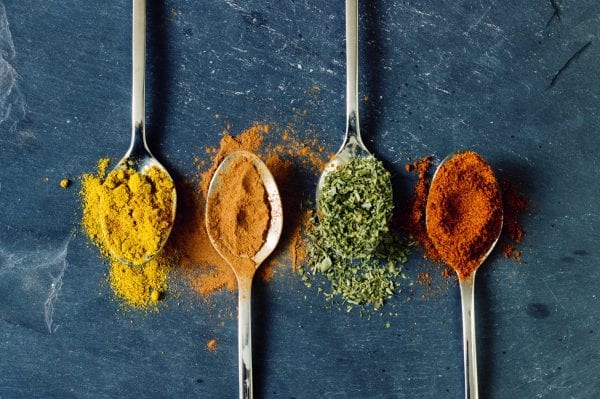 General Rule of Thumb: Add 1⁄4 teaspoon dried herb or spice to each recipe serving four or use 3⁄4 teaspoon of a fresh herb.
General Rule of Thumb: Add 1⁄4 teaspoon dried herb or spice to each recipe serving four or use 3⁄4 teaspoon of a fresh herb.
Cayenne: beef, poultry, seafood, soups, stews, sauces, most vegetables
Tarragon: eggs, poultry, fish, salad dressing, cream soups and sauces, potatoes
Ginger: pork, poultry, Chinese dishes, fruit salads
Thyme: meat, fish, poultry, soups or stews, vegetables, salads, salad dressings
Nutmeg: poultry, stews, creamed dishes, fruit, all vegetables except the cabbage family
Basil: poultry, fish, meat, tomato dishes, vegetables, pasta, soups, salads
Oregano: poultry, fish, meat-tomato dishes, vegetables, pasta, soups, salads
Dill: fish, cream sauces, potatoes, green beans, cabbage, carrots
Rosemary: meat, poultry, fish, soups and stews, broccoli, cabbage, cauliflower
Marjoram: meat, fish, poultry, tomato dishes, salad dressing, broccoli, green beans, peas, eggplant
To Cut Back on Sodium
- Remove the saltshaker from the table.
- Cook pasta, noodles, rice, vegetables, and hot cereals in unsalted water.
- Season with lemon juice or a small amount of table wine. Do not use cooking wine— it contains salt.
- Rinse canned vegetables for 1 minute in a colander, and then cook in fresh water.
- Leave the salt out of quick breads.
- Use frozen vegetables without salt instead of canned vegetables.
Other Salty Tips
- Cut the salt in recipes by one-third to one-half.
- Prepare soups, stews, salads, and sauces a day ahead and without salt. Let the natural flavors blend.
- Use fresh or frozen without added salt. In foods, sodium is shown in milligrams (mg). Do not worry about understanding what a milligram looks like. It is very, very tiny. Use foods with fewer milligrams of sodium in them.
- Choose foods that have “Low Sodium” or “Sodium Free” on the label. “Reduced Sodium” may NOT be low in sodium.
-
1⁄2 cup canned green beans
178 mg sodium
-
1⁄2 cup fresh green beans
2 mg sodium
-
1 small fast-food hamburger
500 mg sodium
-
1 homemade hamburger
350 mg sodium
 Marilyn Agee, Helen Jones, Shonda Miller, and Elaine Softley, all Regional Extension Agents, Human Nutrition, Diet, and Health, Auburn University
Marilyn Agee, Helen Jones, Shonda Miller, and Elaine Softley, all Regional Extension Agents, Human Nutrition, Diet, and Health, Auburn University
New June 2021, Right Bite: Cutting Back on Sodium, FCS-2509

